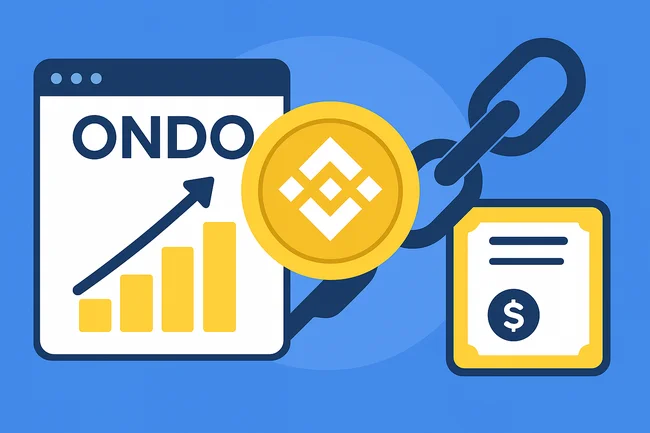Liquidity farming is a process where users provide liquidity to decentralized finance (DeFi) platforms in exchange for rewards. These users, often referred to as liquidity providers, contribute their assets to a liquidity pool, enabling others to trade on the platform without significant price impacts.In return for their contributions, liquidity providers earn tokens, which can often be traded or staked for additional rewards. The system incentivizes users to supply their assets, helping to ensure that transactions can occur smoothly and efficiently.While liquidity farming can yield significant returns, it also comes with risks. Price volatility can lead to impermanent loss, where the value of the assets in the pool fluctuates compared to holding them in a wallet. Additionally, smart contract vulnerabilities can expose providers to potential losses.Overall, liquidity farming offers an opportunity to earn passive income while supporting decentralized trading platforms, but users need to understand the associated risks before participating.

Ondo Global Markets Expands Tokenized Stock Platform to BNB Chain
Ondo Global Markets, a tokenized stock and exchange-traded fund (ETF) platform, has expanded its operations to BNB Chain, one of



